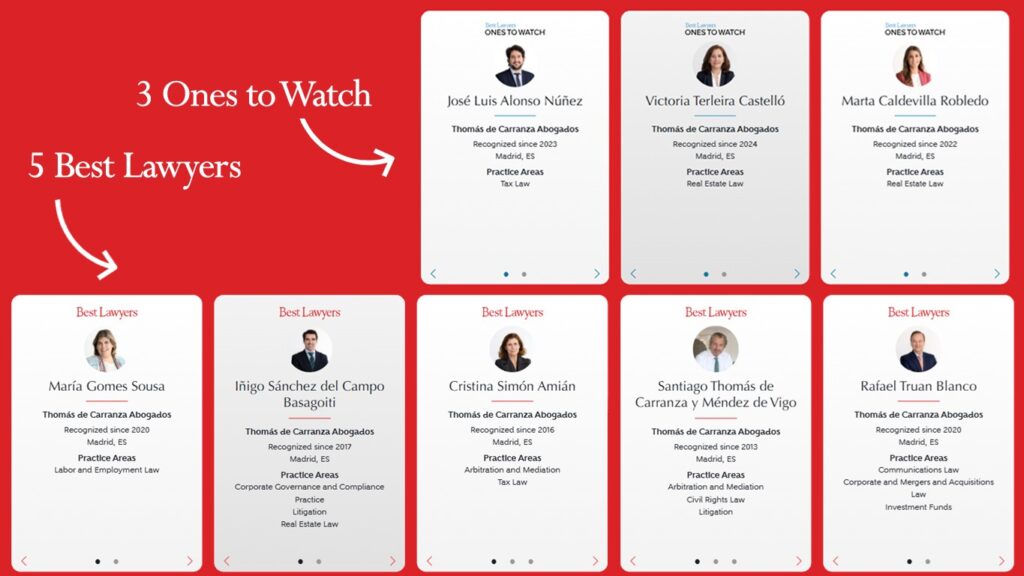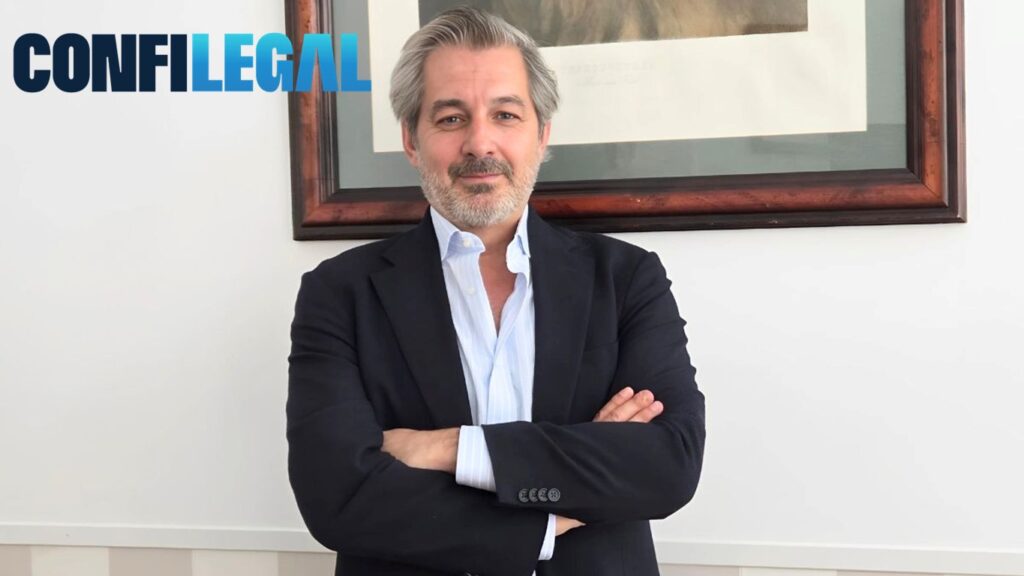
Santiago Thomás de Carranza, clarifies in Idealista News the differences between breaking and entering, home invasion and squatting and their legal treatment.
Santiago Thomás de Carranza, managing partner of the Firm that legally manages more than 14,000 properties throughout Spain, analyzes in Idealista News the main types of illegal occupation included in the legal system: breaking and entering, home invasion and “squatting”, as well as the procedural channels that can be activated in each case to recover the property.
According to Thomás de Carranza, the increase in occupancy is due to a combination of factors, including the lack of a sustained social housing policy and “tolerance on the part of the legislator”. In his opinion, the current regulations do not adequately protect private owners -who are not major landlords- and end up forcing them to take on processes “that can take months or even years to recover their homes”. A dynamic that, he warns, “discourages residential rental and contributes to further stressing prices”.
In this context, the lawyer distinguishes three legal figures with differentiated treatment. On the one hand,
Furthermore, Thomás de Carranza warns that, although the recent procedural reform and the so-called “anti-squatting law” promised recovery periods of 15 days in cases of peaceful usurpation, the reality is that ordinary procedures continue to prevail and the times are extended, shifting the burden to the owner and generating a problem of legal certainty.
The full version of the interview is available at: https: //www.idealista.com/news/inmobiliario/vivienda/2025/11/05/869601-las-tres-caras-de-la-okupacion-en-espana-como-actuar-en-cada-caso-segun-un-abogado.




